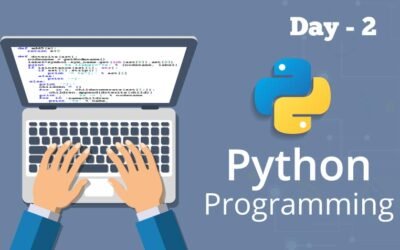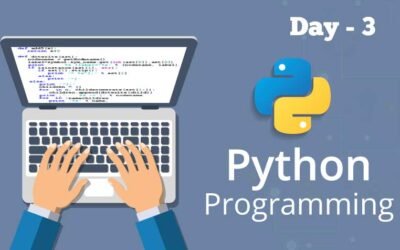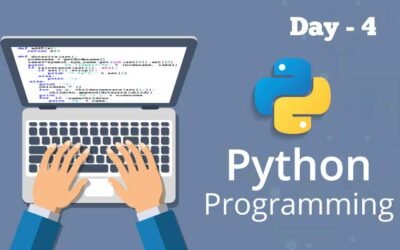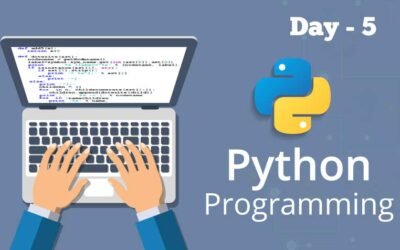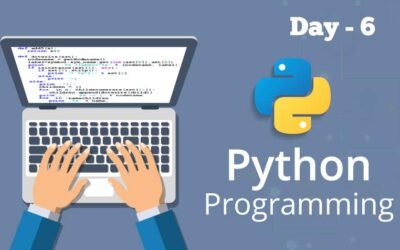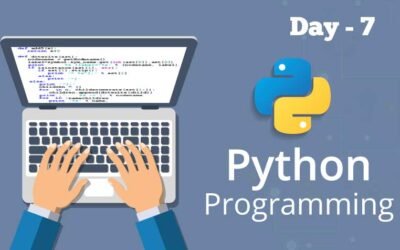Learn Python with Steve
Python Day 1
What is Python?Python is a popular programming language was created by Guido van Rossum, and released in 1991. It is used for:web development (server-side),software development,mathematics,system scripting. What we can do with Python?On a server to create...
Python Day 2
Python is completely object-oriented, and not "statically typed". You do not need to declare variables before using them or declare their type. Every variable in Python is an object. This tutorial will go over a few basic types of variables. Numbers Python...
Python Day 3
ListsLists are very similar to arrays. They can contain any type of variable, and they can contain as many variables as you wish. Lists can also be iterated over in a very simple manner. Here is an example of how to build a list. mylist = []...
Python Day 4
Basic Operators This section explains how to use basic operators in Python. Arithmetic Operators Just as any other programming languages, the addition, subtraction, multiplication, and division operators can be used with numbers. number = 1 + 2 * 3 / 4.0...
Python Day 5
String FormattingPython uses C-style string formatting to create new, formatted strings. The "%" operator is used to format a set of variables enclosed in a "tuple" (a fixed-size list), together with a format string, which contains normal text together with "argument...
Python Day 6
Basic String Operations Strings are bits of text. They can be defined as anything between quotes: astring = "Hello world!" astring2 = 'Hello world!' As you can see, the first thing you learned was printing a simple sentence. This...
Python Day 7
Python uses boolean logic to evaluate conditions. The boolean values True and False are returned when an expression is compared or evaluated. For example: x = 2 print(x == 2) # prints out True print(x == 3) # prints out False print(x < 3) # prints out True ...

